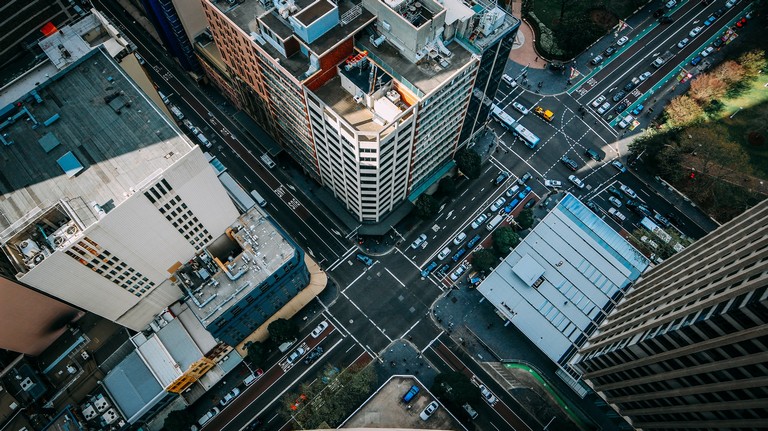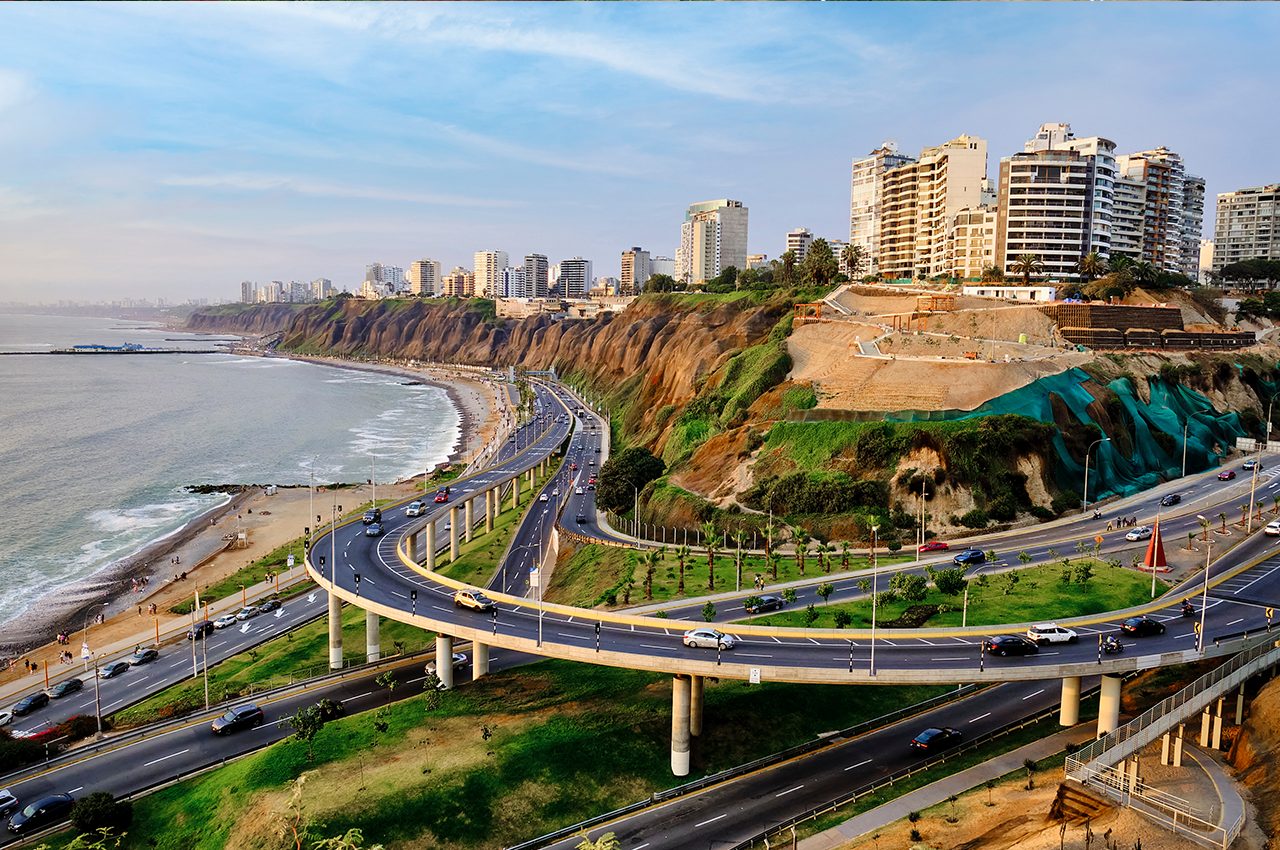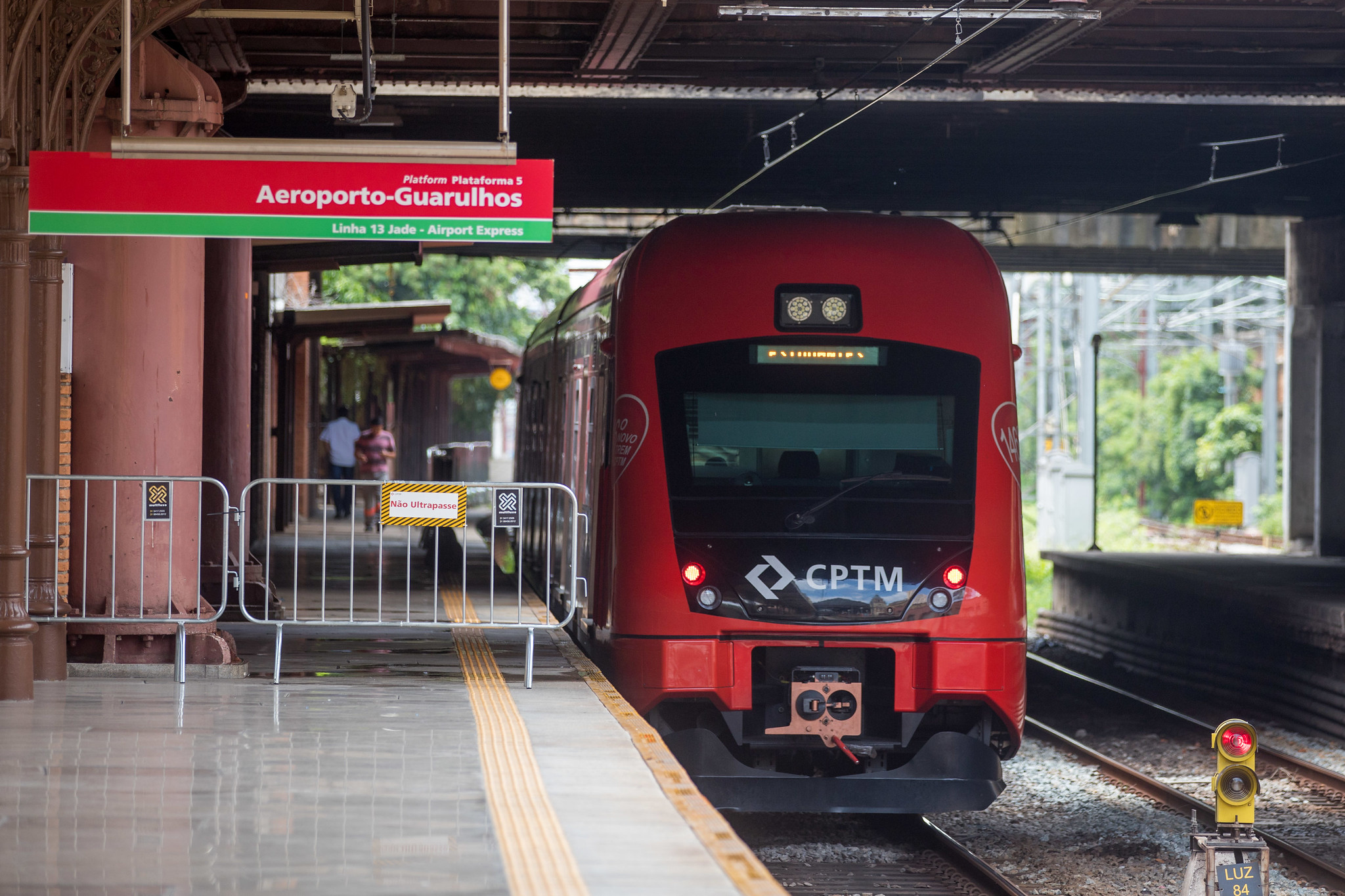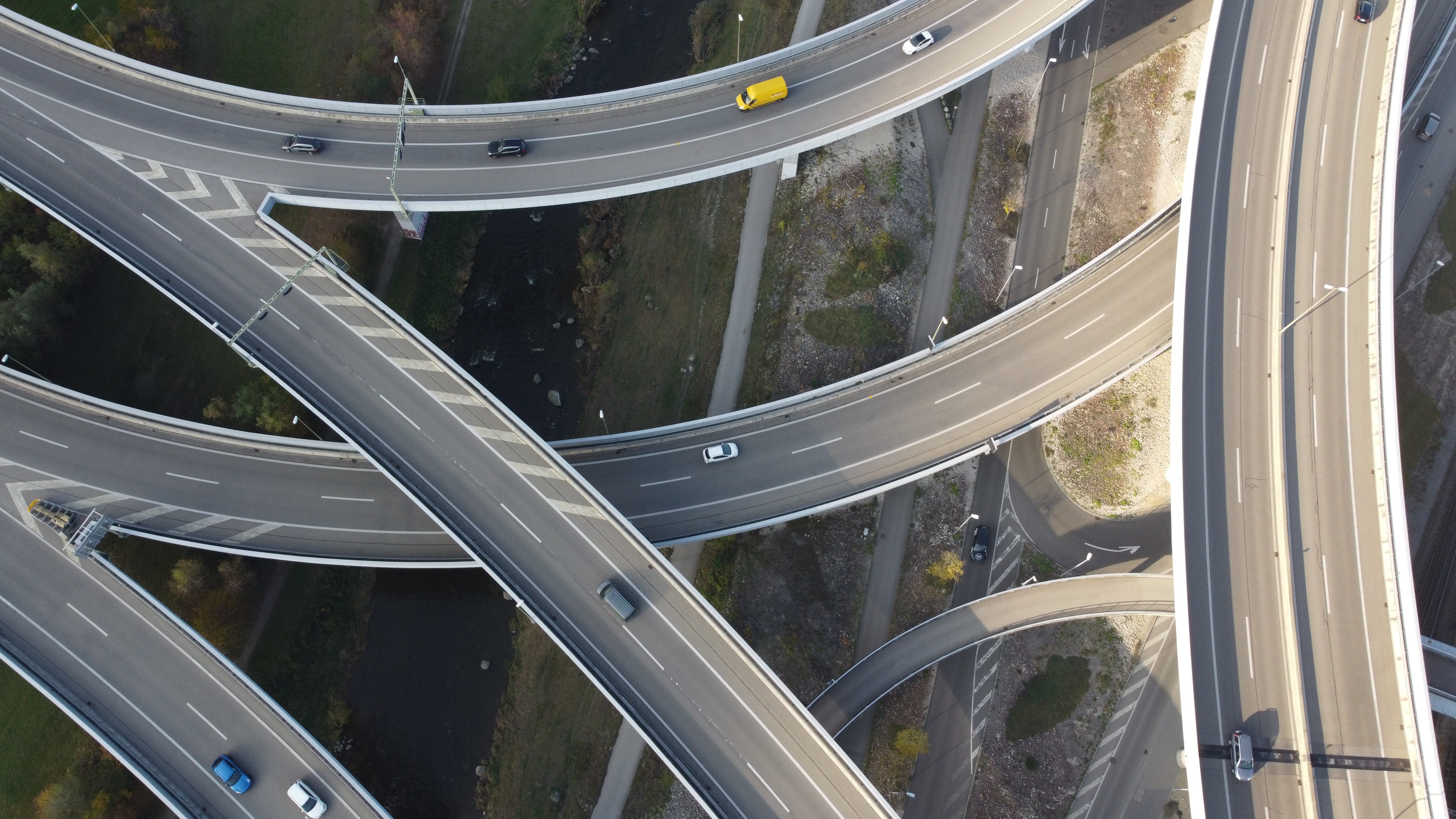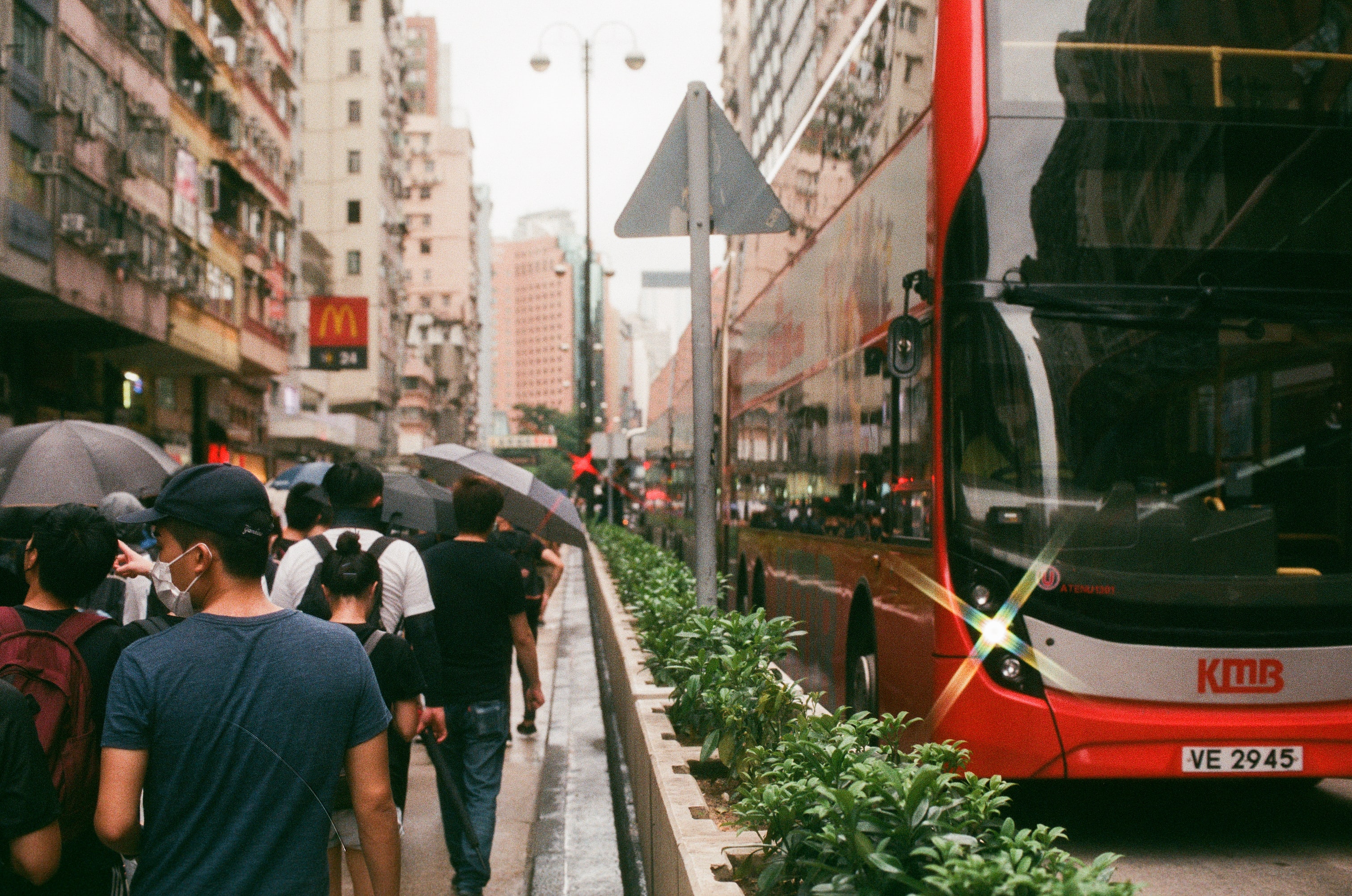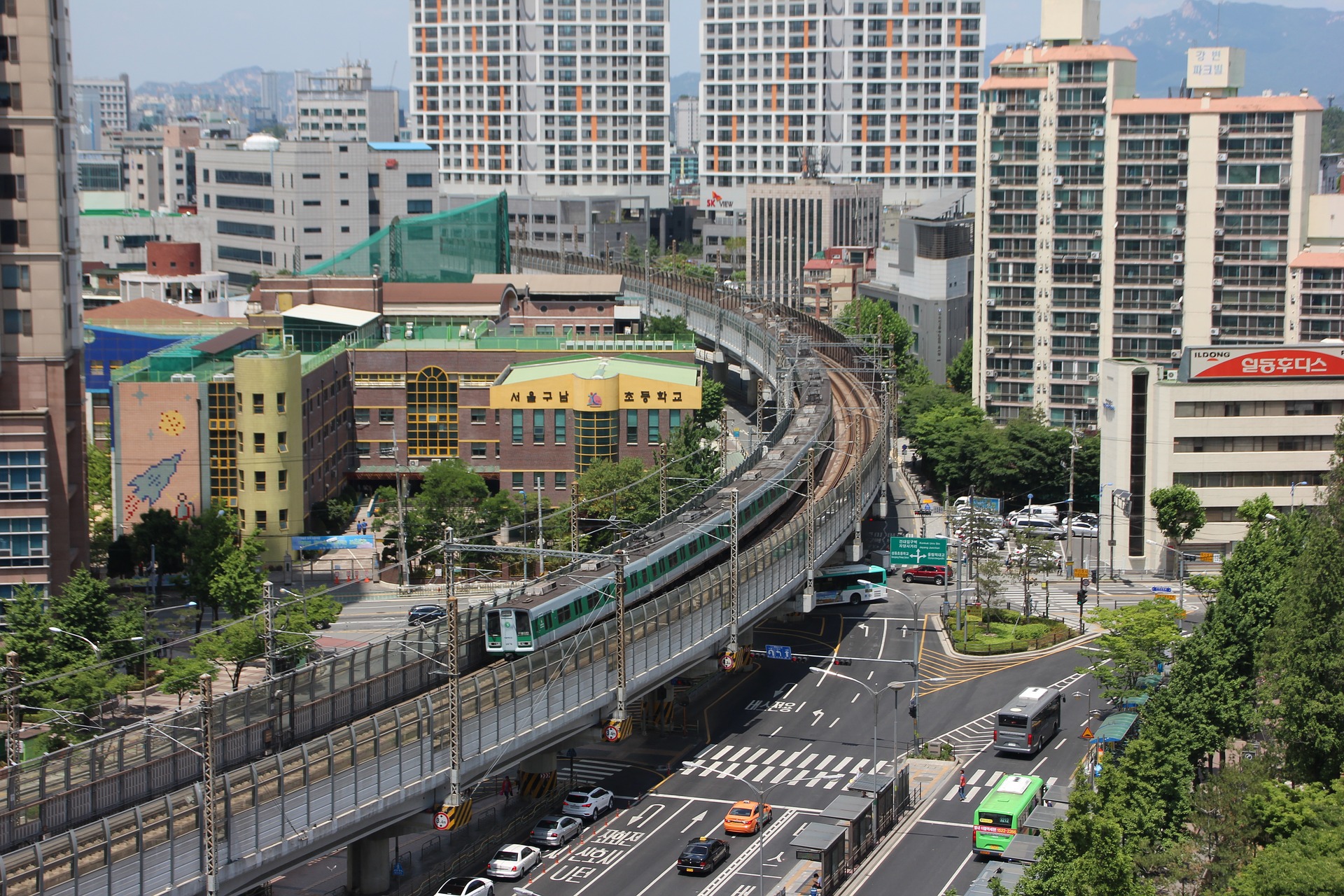1292 results found
Featured results



More results
Coastline traffic in the State of São Paulo, Brazil, has overwhelmed road capacity. Three highway concession contracts were introduced, using a demand risk sharing mechanism and dynamic user fee model to attract private sector participation.
ChargePoint as a Service installs electric vehicle (EV) chargers for no upfront cost in return for a fixed term subscription CPaaS reduces overhead costs and offer predictable operational expenses CPaaS also proactively monitors stations to identify and fix technical issues remotely and enables businesses to track performance and utilization. Georgia Power (a utilities company in Georgia) and Pivet Atlanta, an automotive company has partnered with ChargePoint to install EV chargers in a major travel corridor.
Volta, a San-Francisco based EV charging company, partners with retailers, shopping malls, grocery chains, and others to place Volta’s chargers in prime parking spots in front of their businesses. The charging stations will also come with two billboard-sized screens for displaying advertising. An initial 15 minutes of charging is free to customers. California State Government supports the deployment of zero-emissions vehicles and fill gaps in the state’s EV infrastructure.
Pacífico Tres was created in 2014 to facilitate the construction of a c. 150km highway linking three of Colombia's most commercially important regions
The use of innovation mechanisms to enable investors to hedge their currency risk can attract capital to markets
The São Paulo government sought to expand the a 720km NE-SW road across the state of São Paolo, which had one of the highest traffic volumes in the country
Following a 1997 study, the Government of Chile sought to improve the country's main North- South axis between the cities of Santiago and Talca
The Belgian government sought to improve mobility around its port district by relieving congestion that delayed tourists and freight
The Peruvian government had an ambitious plan to rejuvenate 955km of roads connecting the fluvial port of Yurimaguas with the Pacific port of Paita
The Indian government sought to construct a total of 200,000km of national highways by 2022, which required significant private investment
The government of India sought to raise c. USD 12.5B1 for infrastructure development through an asset monetization program that identified c. 6400km of road networks across 75 operational projects and split them into 10 bundles to auction as concessions
Colombia’s 4G infrastructure program calls for increased public-private partnerships.
It is estimated that Columbia requires USD139 billion invested into its road system to meet infrastructure needs by 2035.
Pre-COVID-19, two Sao Paulo metro lines carried 1 million passengers daily. A demand sharing mechanism encouraged private sector investment in the concession contract.
Many of the bridges are located in rural areas with low traffic volumes, hence PPP solutions are not attractive for investors
In light of Pennsylvania having over 4,500 bridges classified as structurally deficient, the Pennsylvania Department of Transportation (PennDOT) decided to prioritize infrastructure repair and replacement work
In the Netherlands, the regulatory requirement is that the surface layer of asphalt roads have a whole-of-life span of six years. Currently, 60% of rubble from broke-up old roads can be reused in the construction of new roads, however increasing that percentage of reuse is mostly improbable due to stability and safety concerns. Dura Vermeer, a Dutch construction, infrastructure, and engineering business, has developed the technology to create top layer asphalt which can last up to 15 years (twice as long as current asphalt roads), but costs 10% more than regular asphalt roads.
Most public infrastructure investments in the US are made by individual states rather than the federal government
To ease traffic congestion and reduce travel time between downtown Montreal, its suburbs and airport, CDPQ Infra sought to develop a 67km light rail transit (LRT) project, spanning 26-stations
The Monterrey-Nuevo Laredo highway is an important transit route for trucks and cars in Mexico’s north-east that are looking to enter the United States through Texas
The municipality of Porto Alegre, the capital and largest city in the southern Brazilian state of Rio Grande do Sul, was planning to build a new transit artery connecting 20 neighborhoods across the city, including dedicated lanes for the Bus Rapid Transit (BRT) service
Brazil has a policy named Urban Operations which is used to promote requalification of underdeveloped urban areas through PPPs







